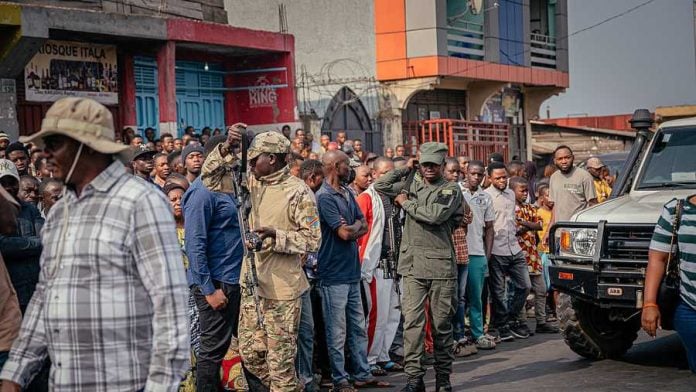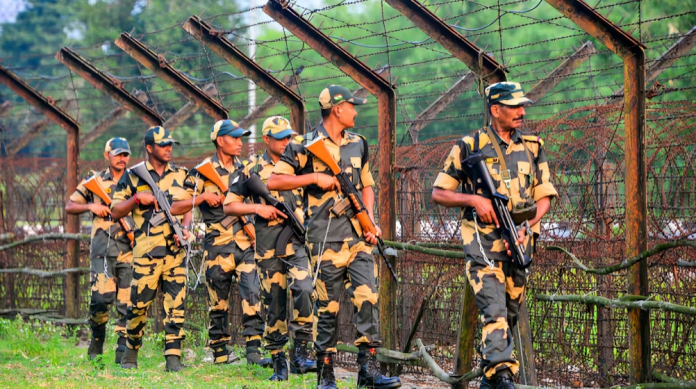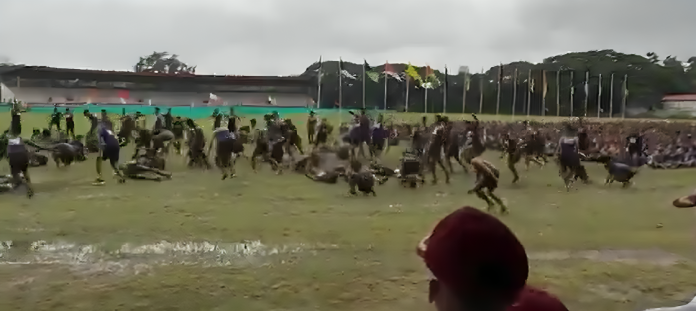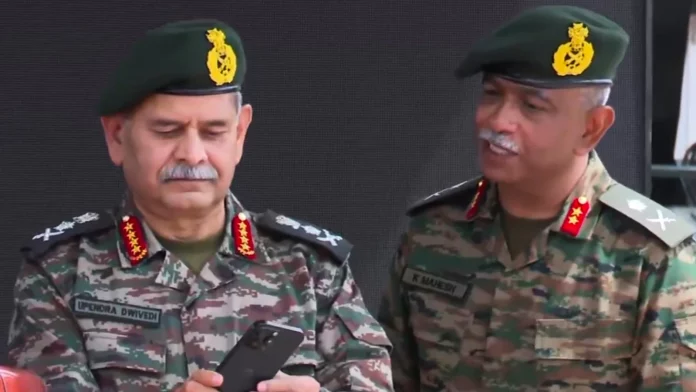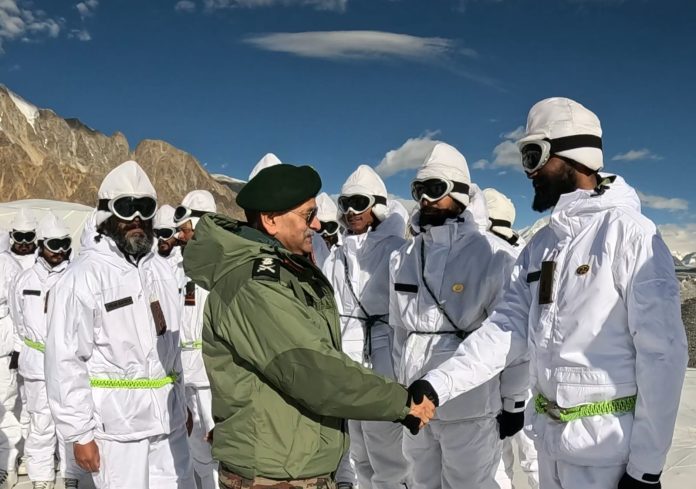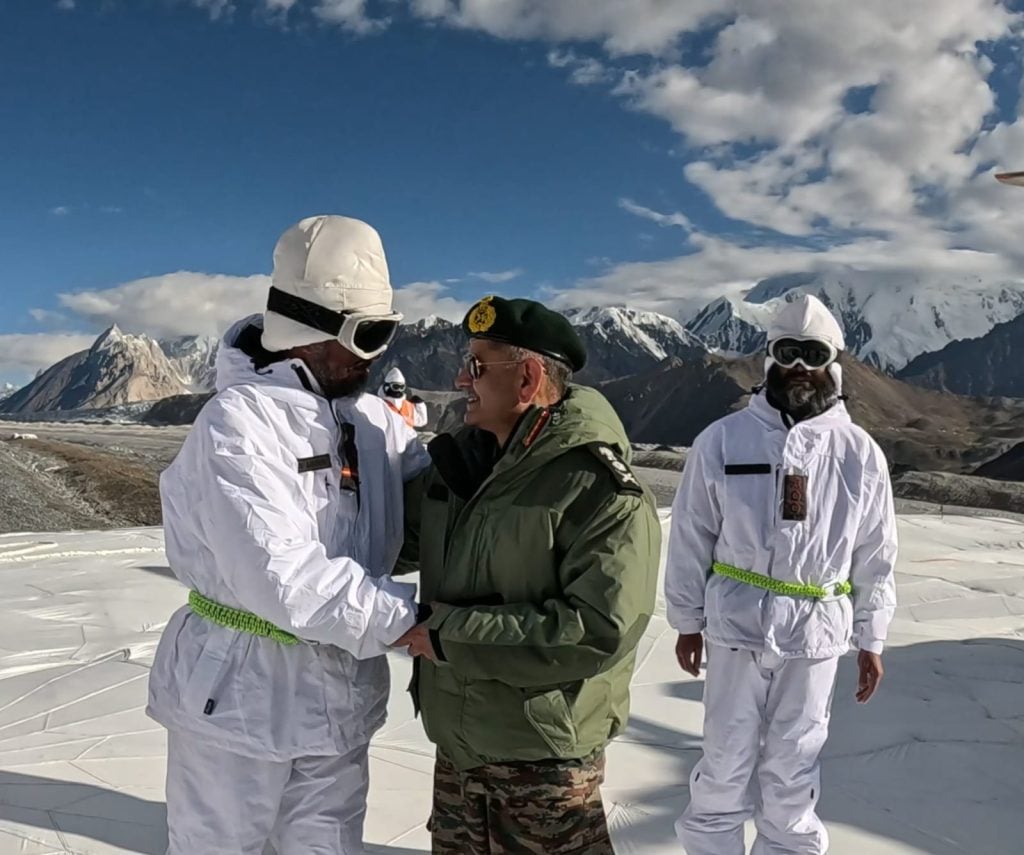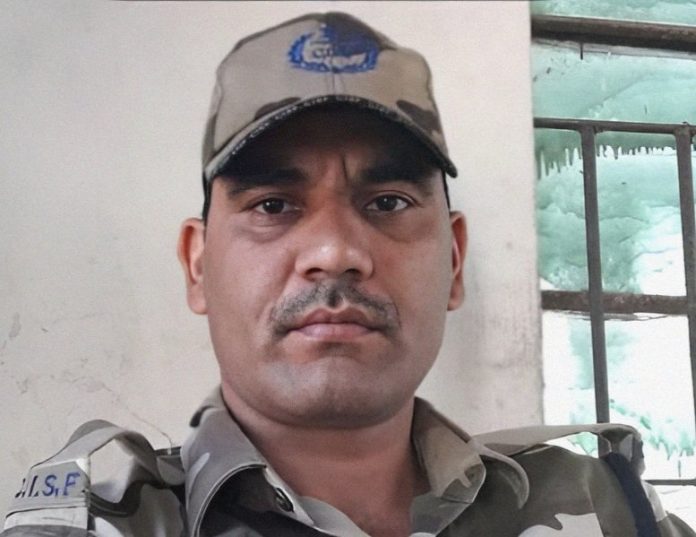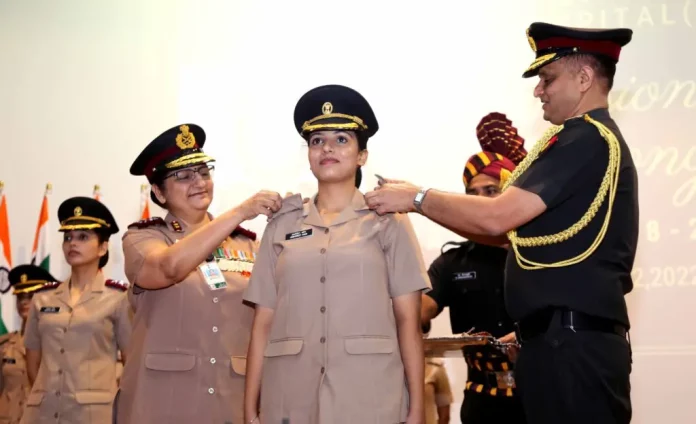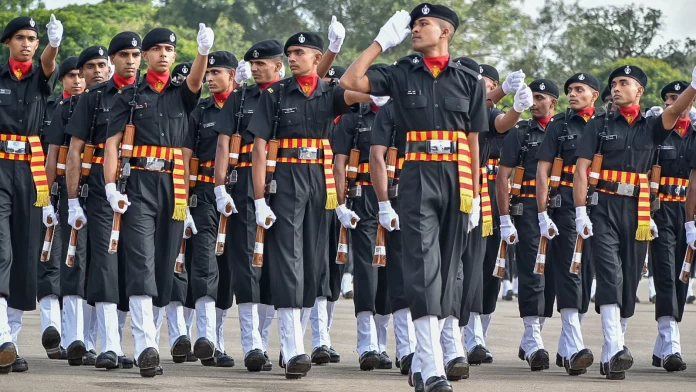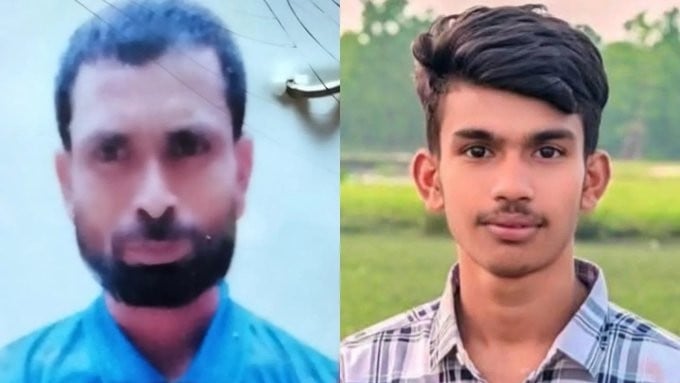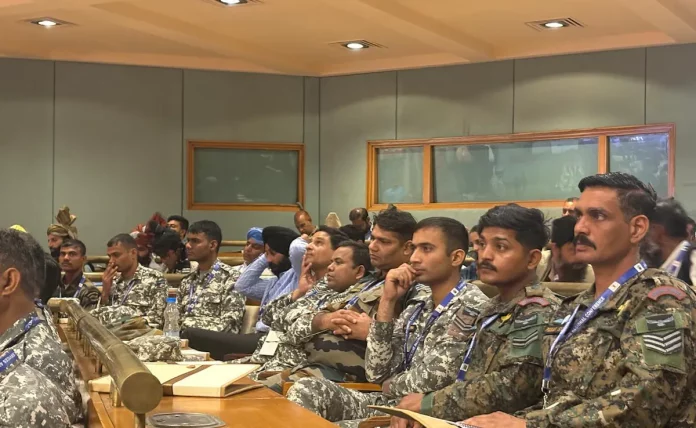At least 21 people were killed in a brutal attack on a Catholic church in eastern Congo’s Ituri province early Sunday, with the assault being blamed on the Allied Democratic Forces (ADF), an armed group aligned with the Islamic State (IS).
The raid took place around 1 a.m. in Komanda town, where ADF militants armed with machetes stormed the church compound, attacking worshippers and setting fire to nearby homes and shops. While the Congolese military confirmed at least 10 fatalities, local media and international sources suggest the toll is significantly higher, with some reports placing it at over 40.
A United Nations-backed radio station, citing security officials, reported 43 deaths and said the attackers had originated from a stronghold located roughly 12 kilometers from Komanda. The militants reportedly fled the scene before security forces could respond.
The eastern region of the Democratic Republic of Congo has long been plagued by violence from multiple armed groups. The ADF, in particular, has carried out numerous attacks targeting civilians in both Ituri and North Kivu provinces. Earlier this month, the group was also blamed for a massacre that left dozens dead in what the UN described as a “bloodbath.”
The ADF was initially formed in the late 1990s by various rebel factions in Uganda who opposed President Yoweri Museveni’s rule. After facing heavy military action, the group relocated to Congo in 2002, where it has since been responsible for the deaths of thousands. In 2019, the ADF formally pledged allegiance to the Islamic State, increasing its profile and brutality.
This latest attack underscores the deteriorating security situation in eastern Congo, despite regional and international efforts to contain extremist violence. Authorities have launched search operations in the area, but concerns remain high over further attacks on vulnerable communities.

